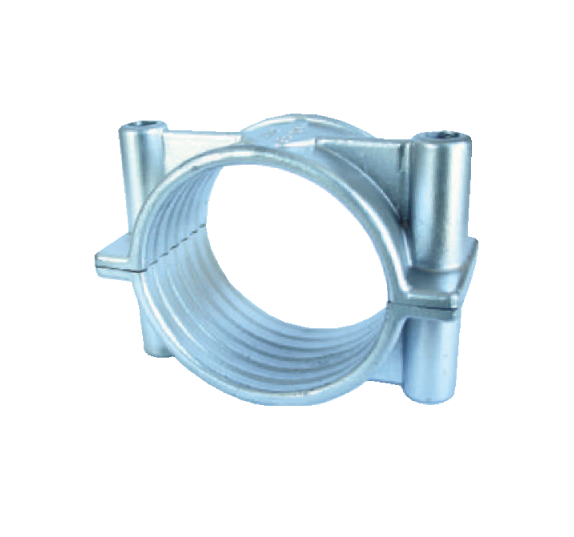If you think, what is a cable gland, and why is it so important in terms of installing any electrical equipment? Well, here’s an answer to this. This simple device is key to all electrical installation and protection equipment. A cable gland, commonly referred to as a cable connector or fitting, is a mechanical device that connects to and secures a cable to electrical devices.
How Does Cable Glands Work
A cable gland has a purpose that goes beyond attaching a cable. Strain relief and environmental protection of cables entering enclosures is a function of these devices that create a seal around cables entering enclosures. To understand how do cable glands work, one must understand how components work together (typically having a body, sealing ring, compression nut, and washers). A cable gland utilizes compression technology to create a waterproof and dust-tight seal.
Protection Features
Cable glands provide multiple layers of protection:
1. Environmental Protection – Prevents ingress of dust, water, and other contaminants
2. Mechanical Protection – Offers strain relief and prevents cable pull-out
3. Safety Protection – Ensures proper grounding and electrical continuity
Types of Cable Glands
1. Industrial Cable Glands
The powerful glands are of robust construction and especially suit harsh environment protection against dust and moisture. Manufacturing facilities and outdoor installations often see their use because of the need to protect the environment.
2. Hazardous Area Cable Glands
These glands are specifically designed for explosive atmospheres, so they have additional sealing mechanisms and extra flame-proof properties. They are used in chemical, oil refining, and other hazardous situation plants.
3. EMC Cable Glands
These specialized glands provide their electromagnetic compatibility and blocking against interference. They are especially important in applications with installed electronic equipment or data centers.
How to Install a Cable Gland
Understanding what is a cable gland is crucial before installation. First, we select a gland size and type for cable diameter and environmental requirements. After selection, the appropriate cable end preparation includes measuring and marking the required strip length. The cable jacket should be attentively stripped to not damage the internal conductors.
The gland components are then carefully assembled into a gland during this continuous installation process. You start by sliding the compression nut onto the cable, followed by whatever washers or sealing rings the manufacturer specifies. All components are properly positioned and placed into the gland body; the cable is inserted through the gland. Thus, it serves the purpose of cable gland. During this phase, the proper assembly is needed to provide optimum protection and ensure that performance is especially clear.
The compressive nut is then precisely torqued according to the manufacturer’s torque specifications. It offers needed sealing and tension relief. It mustn’t be over-tightened; the cable and the gland components can be damaged.
Conclusion
Sticking to how cable glands work may seem easy, but they’re very important. These devices serve multiple critical functions: They provide mechanical support, environmental protection, and electrical safety. Cable glands are as much an integral safety and reliable feature of any electrical system as the cable.



